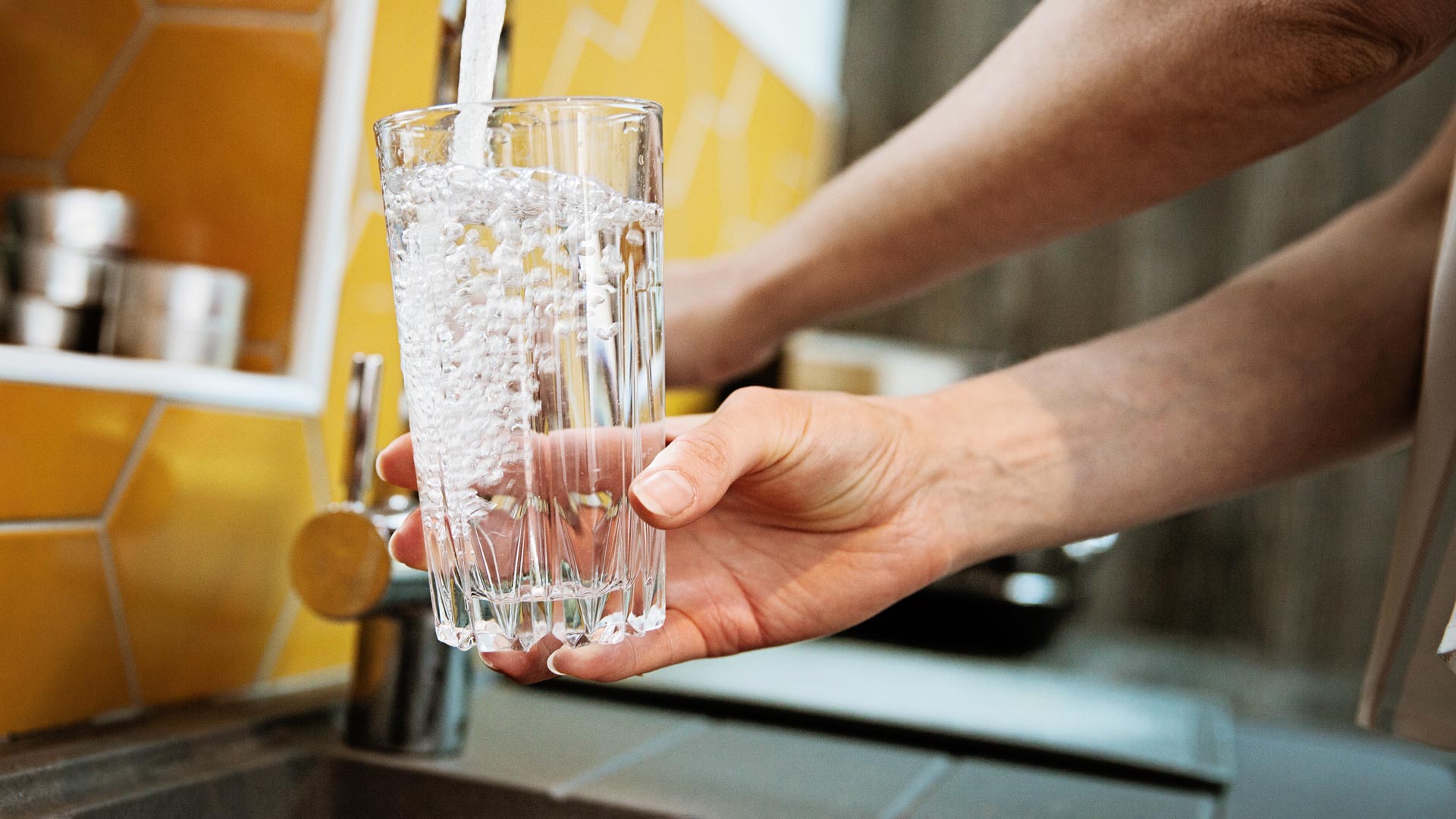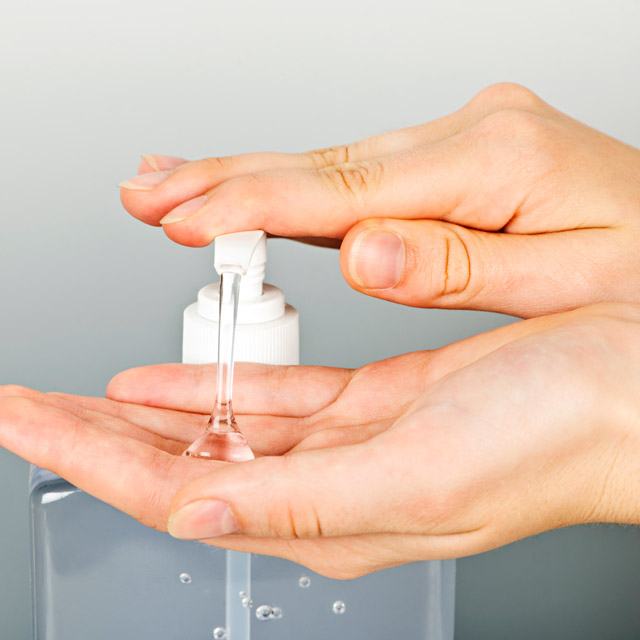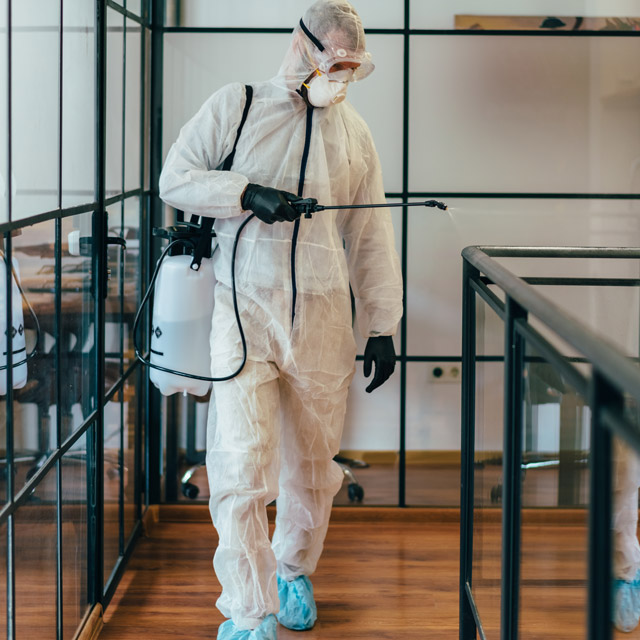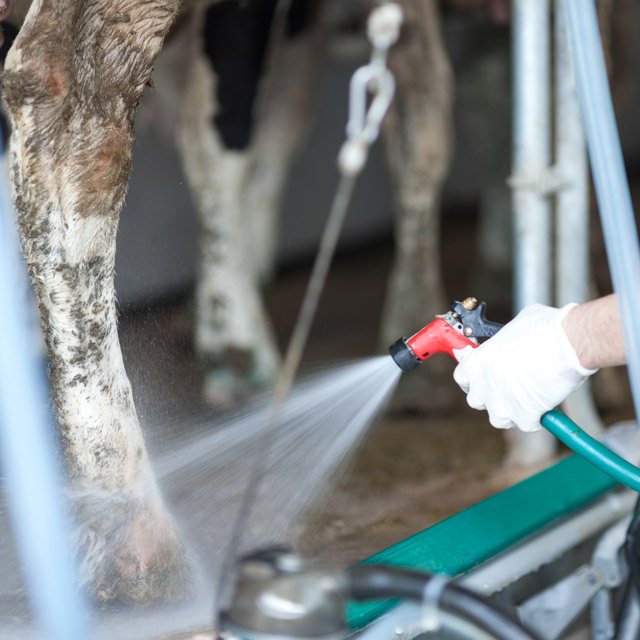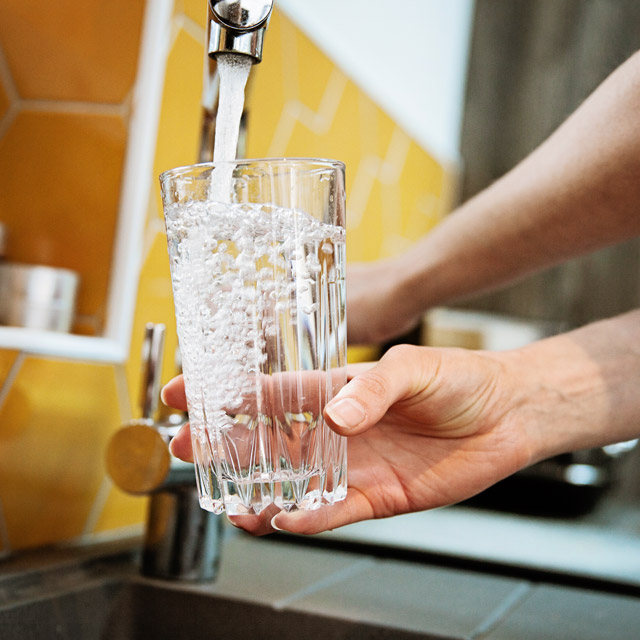BIOCIDES PROTECT AND PRESERVE
BY REPELLING, CONTROLLING OR ELIMINATING HARMFUL ORGANISMS
PT1 – Human hygiene
Products in this group are applied on (or in contact with) human skin or scalps for the primary purpose of disinfecting them.
These products are used for general human hygiene purposes or to control microorganisms that could cause infections.
Hand disinfection (for general hand hygiene and surgical hand disinfection) is considered one of the most effective measures for reducing healthcare-associated infections. The use of hand disinfection should be integrated into a general hygiene strategy and best practices as described in numerous guidelines of hygienists.
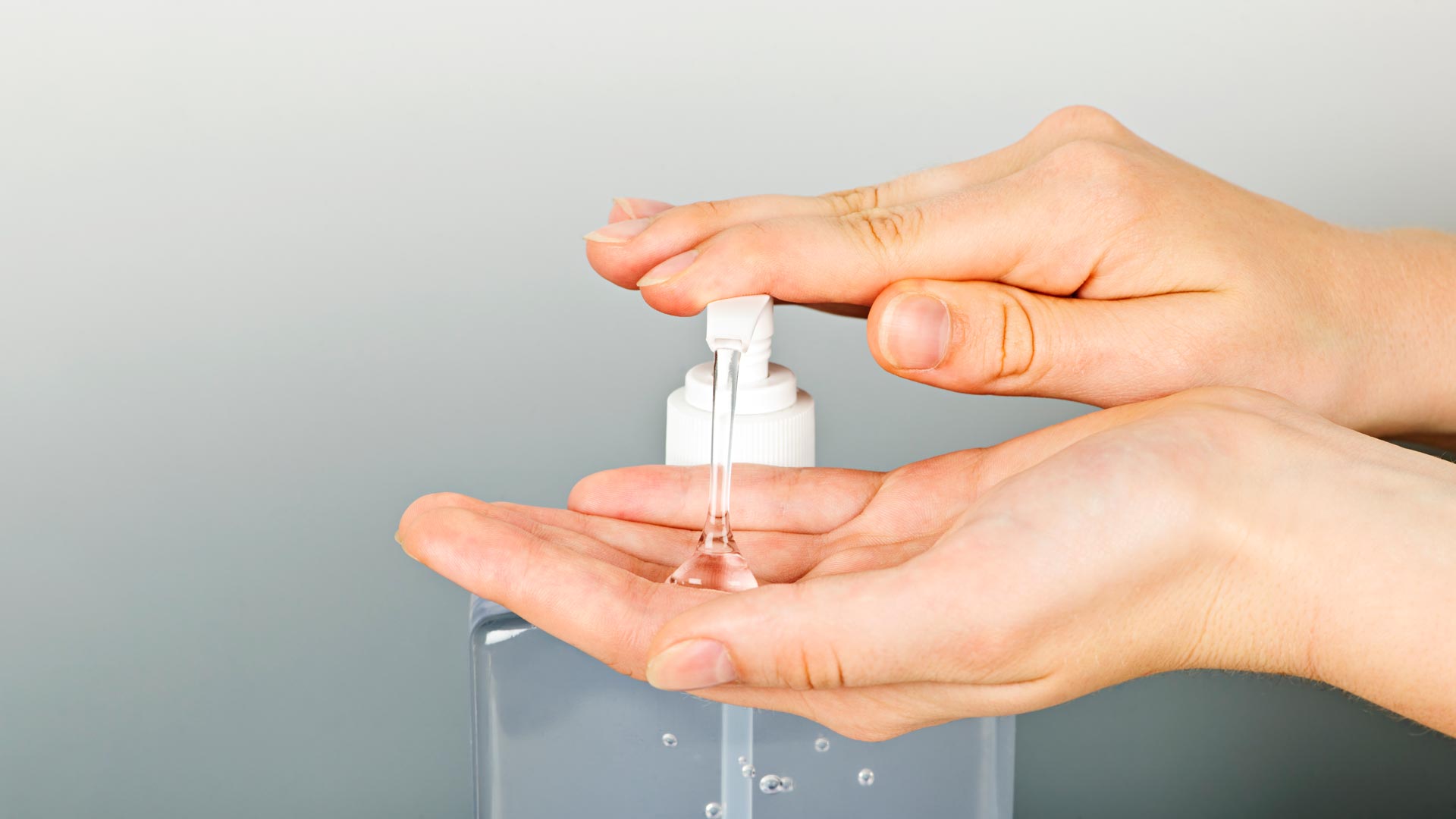
PT2 – Disinfectants and algaecides not intended for direct application to humans or animals
Products in this group are used for disinfecting surfaces, materials, equipment and furniture which are not in contact with food or animal feedstuffs. Usage areas include wall and floors in private, public and industrial or institutional areas (eg. hospitals).
The group also includes products for disinfection of swimming pools, other bathing waters, aquaria, air conditioning systems, water not used for human or animal consumption, chemical toilets, wastewater, hospital waste and soil.
Additionally, articles which have disinfecting properties (eg. disinfecting wipes) may be produced by incorporating or impregnated a disinfectant into the material.
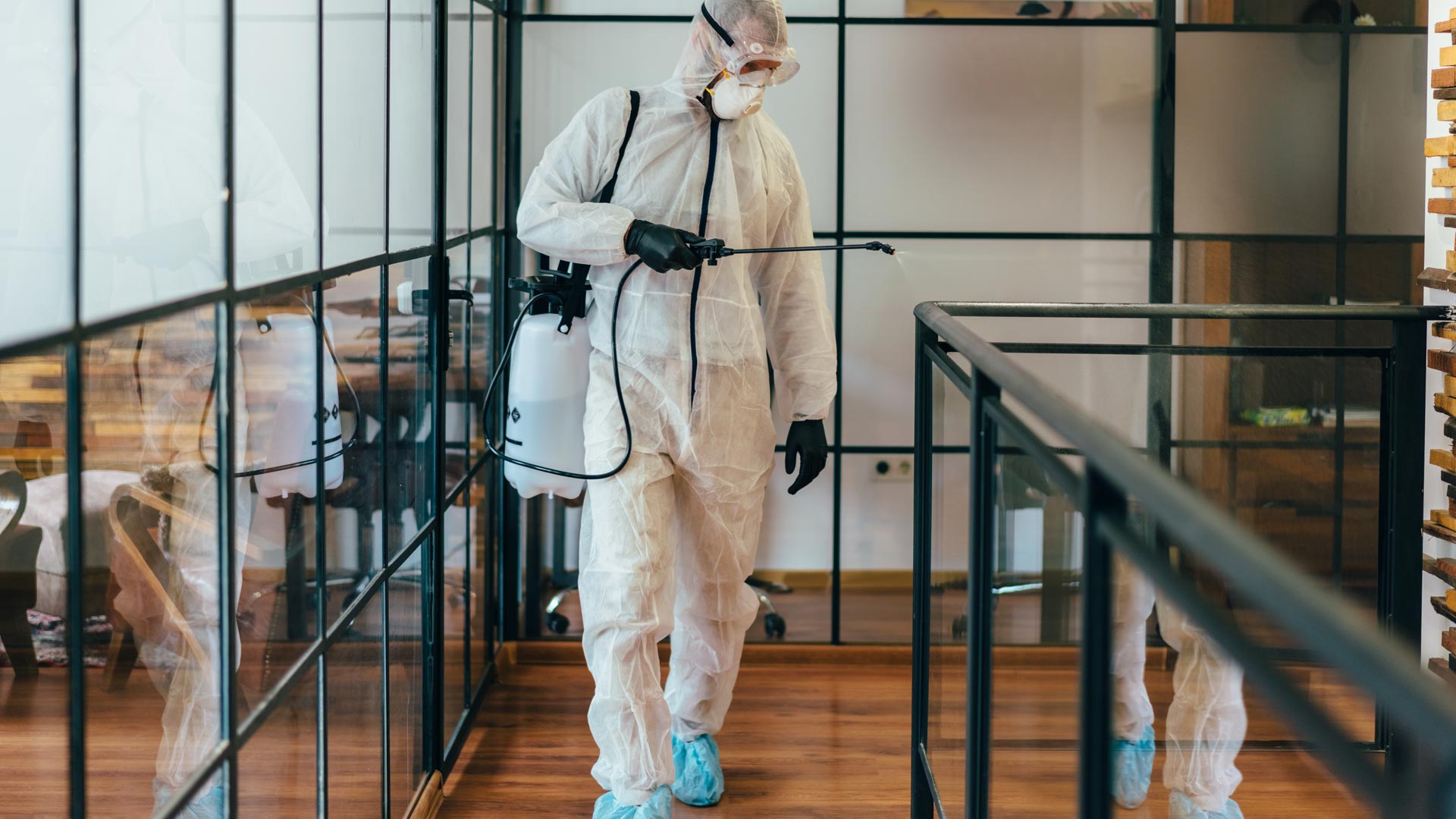
PT3 – Veterinary hygiene
Products used for veterinary hygiene purposes are used to disinfect materials and surfaces associated with the housing or transportation of animals. They also include products with an antimicrobial function which are used for oral or corporal hygiene.
Products in this group are important in preventing the spread of animal diseases and thus helping to increase production as well as improve the quality of animal products.
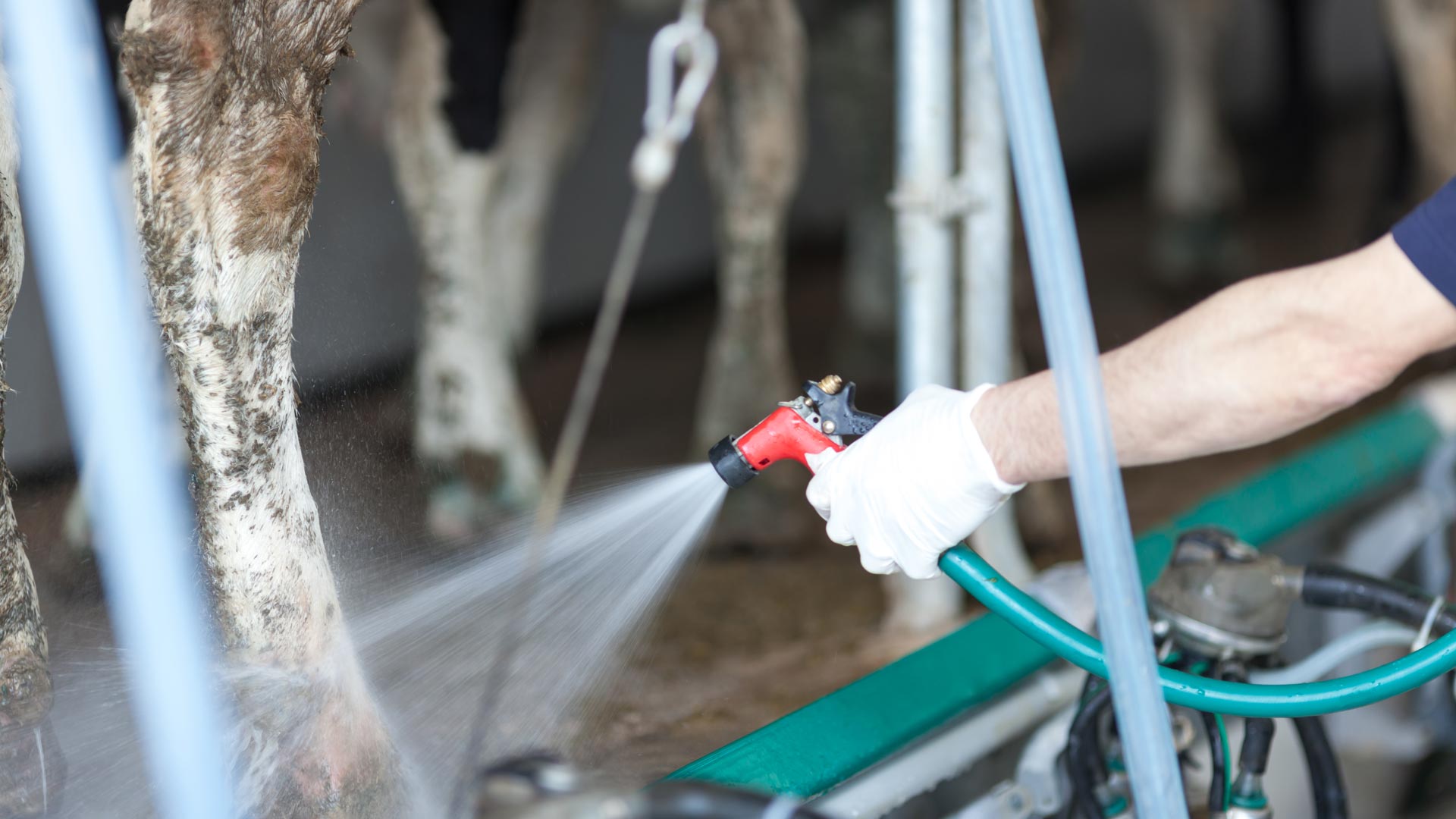
PT4 – Food and feed area disinfectants
These products are used for disinfection of equipment, containers, utensils, surfaces or pipework associated with the production, transport, storage or consumption of food, feed or drink for humans and animals.
Such products are a key element in the fight to ensure a high standard of hygiene and minimize the risk of foodborne diseases.
The use of disinfectants in food manufacture or other professional settings is normally part of good hygiene practices set out in concepts such as “Hazard Analysis and Critical Control Points” (HACCP). The use of such concepts is mandated by European legislation such as Regulations (EC) No 852/2004 and 853/2004 on the hygiene of foodstuffs.

PT5 – Drinking water
Products in this category are used to disinfect drinking water for both humans and animals.
Such products are an important tool for maintaining the hygienic quality of drinking water and they include products used at the waterworks before the water enters the distribution network to ensure that the water which reaches the consumer is fit to drink.
The category also includes products which are intended for use by individuals to treat low-quality drinking water when there is no access to good quality mains water (eg. when camping).
The use of disinfectants should always be integrated in a general water safety plan which includes all steps of water supply from the protection of the catchment area to the distribution system.
Drinking water processing consists of physical-chemical removal processes (e.g. coagulation, sedimentation, precipitation, filtration) combined with chemical disinfection if required.
